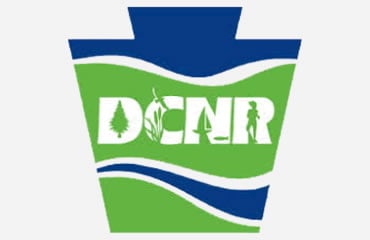Archery deer season begins Oct.1 for antlered or antlerless deer, and runs through Nov. 12. Late archery deer season runs from Dec. 26 to Jan. 14.
In three urbanized areas of the state, archery hunters will have had a two-week head start. An early season, which began Sept. 17 and ends Nov. 26, for antlered and antlerless deer was implemented in Wildlife Management Units 2B, 5C and 5D.
Properly licensed bowhunters in WMUs 2B, 5C and 5D also may take antlered and antlerless deer during an extended late archery season Jan. 16 to Jan. 28.
Archery hunters may use long, recurve, compound or crossbows. Bows must have a draw weight of at least 35 pounds; crossbows must have a minimum draw weight of 125 pounds.
The Commission encourages hunters to spend as much time as possible prior to and during hunting seasons to pattern deer movements and identify areas where fall foods are abundant.
Hunters may use illuminated nocks for arrows and bolts; they aid in tracking or locating the arrow or bolt after being launched. Transmitter-tracking arrows still are illegal.
Tree stands and climbing devices that cause damage to trees are unlawful unless the user has written permission from the landowner. Tree stands or tree steps that penetrate a tree’s cambium layer cause damage, and it is unlawful to build or occupy tree stands screwed or nailed to trees on state game lands, state forests or state parks.
Portable hunting tree stands and blinds are not permitted on state game lands until two weeks before the opening of the archery deer season, and they must be removed no later than two weeks after the close of the flintlock and late archery deer seasons in the WMU being hunted.
Tree stands placed on state game lands must be conspicuously marked with a durable tag that identifies the stand owner’s name, address, CID number on the owner’s hunting license, or a unique identification number issued by the Game Commission.
Archers hunting deer within any of three Disease Management Areas must comply with special rules aimed at slowing the spread of chronic wasting disease.
High-risk deer parts include multiple tissues in the head and any article containing visible brain or spinal cord. Tissues where CWD prions accumulate may not be transported outside the DMA.
Parts that are safe to move include meat without the backbone; the skull plate with attached antlers, if no visible brain or spinal cord material is present; tanned hide or raw hide with no visible brain or spinal cord material; the cape, if no visible brain or spinal cord material is present; the upper canine teeth, if no root structure is present; or finished taxidermy mounts.
Harvested deer can be taken to a cooperating taxidermist or deer processor associated with a specific DMA, and the processed meat and/or finished taxidermy mounts may be removed from the DMA when ready.
Successful hunters who intend to do their own processing and who need to transport deer meat or other low-risk parts outside a DMA may stop by one of the many high-risk parts disposal sites established within the DMAs.
A list of those sites, processors, and hunting license information is available at www.pgc.pa.gov.




.png)